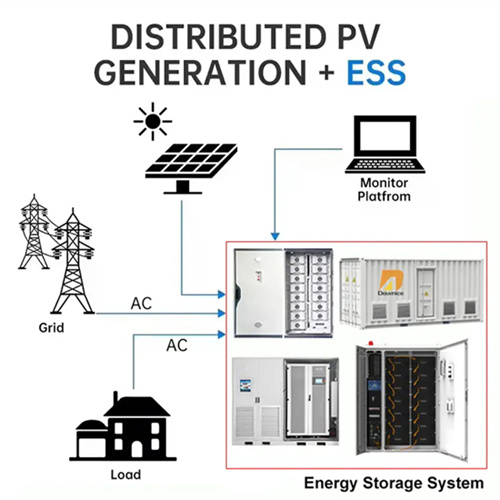About Multijunction solar cells buy
Multi-junction solar cells are an exciting and promising technology that may help increase the efficiency of solar panels. For now, they are still being tested and researched and therefore are not available to purchase for solar panel installation.
As the photovoltaic (PV) industry continues to evolve, advancements in Multijunction solar cells buy have become critical to optimizing the utilization of renewable energy sources. From innovative battery technologies to intelligent energy management systems, these solutions are transforming the way we store and distribute solar-generated electricity.
When you're looking for the latest and most efficient Multijunction solar cells buy for your PV project, our website offers a comprehensive selection of cutting-edge products designed to meet your specific requirements. Whether you're a renewable energy developer, utility company, or commercial enterprise looking to reduce your carbon footprint, we have the solutions to help you harness the full potential of solar energy.
By interacting with our online customer service, you'll gain a deep understanding of the various Multijunction solar cells buy featured in our extensive catalog, such as high-efficiency storage batteries and intelligent energy management systems, and how they work together to provide a stable and reliable power supply for your PV projects.
Related Contents
- Solar photovoltaic cells development
- Buy monocrystalline solar panels
- Ferroelectric photovoltaic solar cells ppt
- Flexible inverted polymer solar cells
- The semi-conductor and used in photovoltaic cells in solar panels
- Buy 10kw solar system
- Buy lg solar panels
- Best place to buy solar panels
- Solar power cells for home use
- Can i buy solar panels for my home
- Solar cells startup companies
- Where to buy solar panels near me


